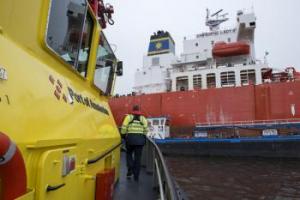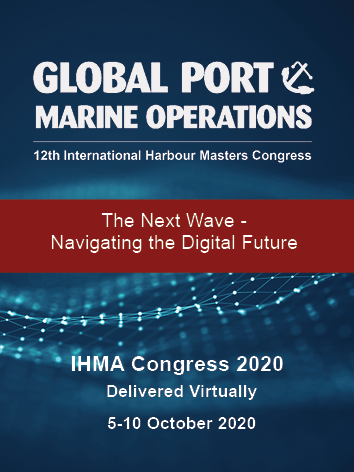Harbour Master
Harbour Masters
Worldwide there are approximately 3,000 merchant ports and the work of the Harbour Master can vary widely from country to country and from port to port even within the same country.


With the theme, "The Next Wave – Navigating Towards the Digital Future, the 12th biennial Congress will be delivered virtually from 5 - 10 October, 2020.
The Congress remains the key forum for IHMA members and the global ports sector to collaborate, network, share information, and provide updates on the latest industry technology and solutions.
This year, the IHMA Congress will be transformed into a virtual global community that regularly connects over 12months. All speakers, attendees, sponsors and exhibitors will have exclusive access to the Virtual IHMA Community for Global Port & Marine Operations.
The IHMA Congress Conference itself, including keynotes, technical presentations, panels and Q&A, will be broadcast via a premium event platform in October. The post-Congress Series Program, also to be hosted via the platform will the released shortly.
The 2020 IHMA Congress is an unparalleled opportunity for maritime businesses to showcase their services and for port marine professionals from around the world to network, share their experiences and update their professional knowledge.
The International Harbour Masters Association (IHMA) and the Port of Rotterdam Authority are pleased to announce the 15th International Harbour Masters Association Congress, to be held from 09–12 June 2026 at Theater Zuidplein in Rotterdam.
Naresh Sewnath, Senior Harbour Master at Transnet National Ports Authority (TNPA) in South Africa’s Port of Durban, began his maritime career back in 1988. He started out as a cadet with TNPA (then known as South African Transport Services (SATS).
Pharetra lectus vitae elit sollicitudin, ut commodo tellus dapibus. Sed pellentesque quis enim faucibus laoreet. Aliquam eleifend sagittis augue, pellentesque purus.
Join the world’s premier professional body for harbour masters and receive up-to-date information on the industry and access to the members' area of the website.